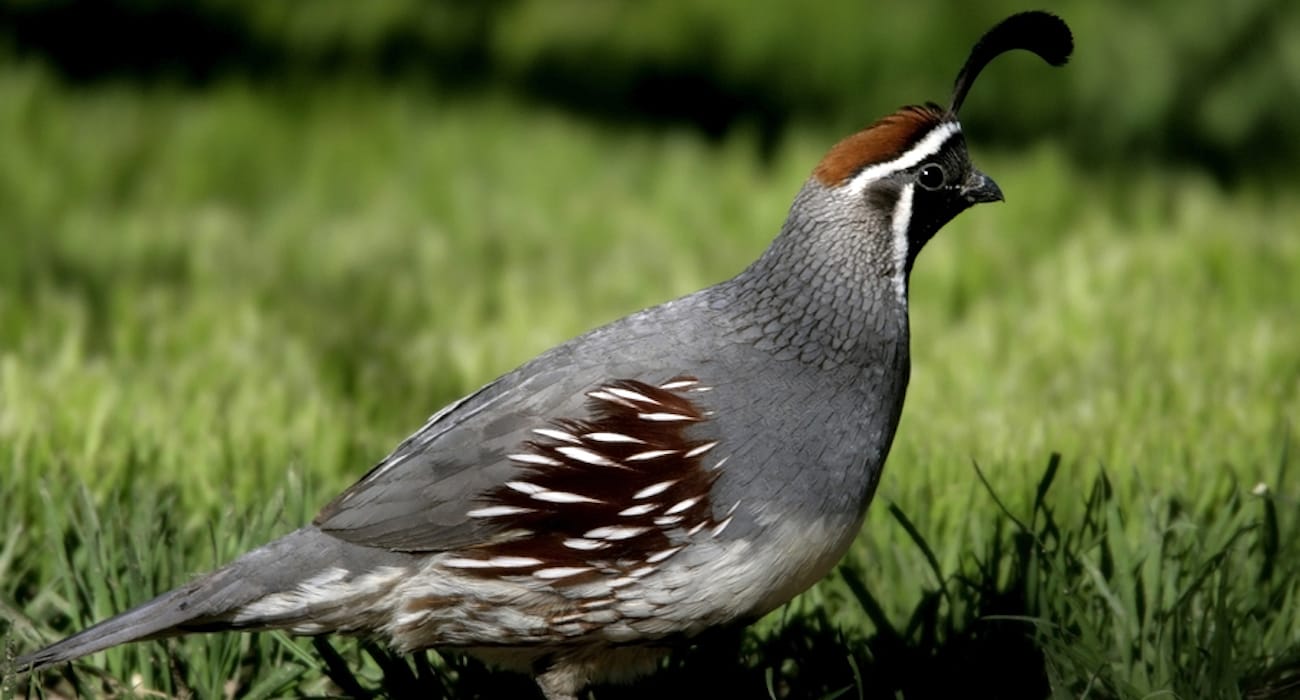Hunting Gambel's Quail Through the Lens

The Gambel’s quail (Callipepla gambelii) is a small ground-dwelling bird in the New World quail family. It inhabits the desert regions of Arizona, California, Colorado, New Mexico, Nevada, Utah, Texas, and Sonora; also New Mexico-border Chihuahua and the Colorado River region of Baja California. The Gambel’s quail is named in honor of William Gambel, a 19th-century naturalist and explorer of the Southwestern United States.
Gambel’s quail primarily move about by walking and can move surprisingly fast through brush and undergrowth. They are a non-migratory species and are rarely seen in flight. Any flight is usually short and explosive, with many rapid wingbeats, followed by a slow glide to the ground. In the late summer, fall, and winter, the adults and immature young congregate into coveys of many birds. In the spring, Gambel’s quail pair off for mating and become very aggressive toward other pairs. The chicks are decidedly more insectivorous than adults, gradually consuming more plant matter as they mature. Gambel’s quail are monogamous and rarely breed in colonies. The female typically lays 10–12 eggs in a simple scrape concealed in vegetation, often at the base of a rock or tree. Incubation lasts from 21–23 days, usually performed by the female and rarely by the male. The chicks are precocial, leaving the nest with their parents within hours of hatching.
